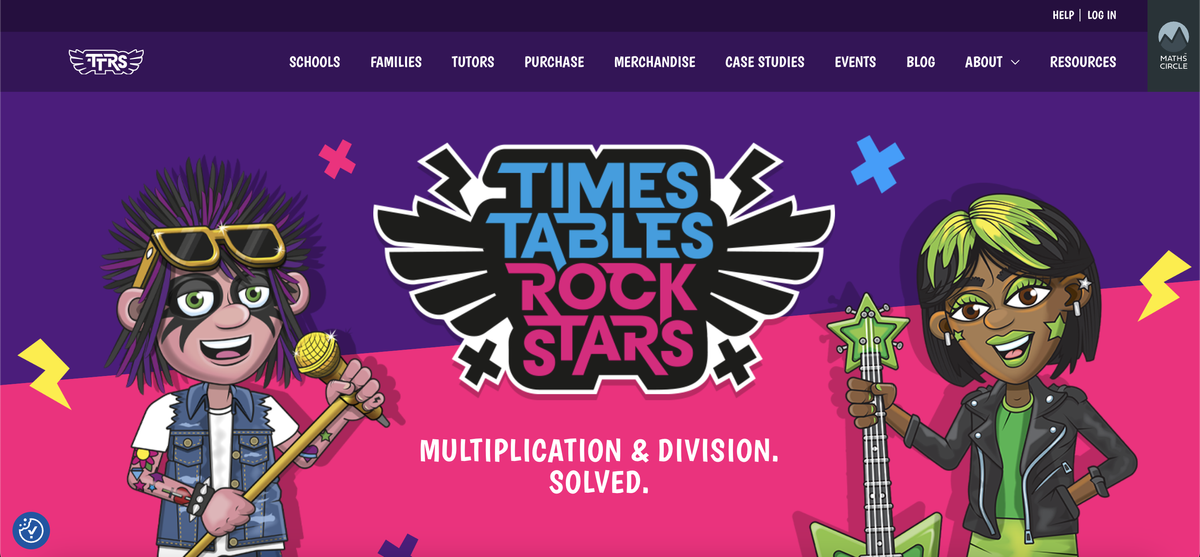NUMERACY

This term in Maths, students will continue to develop their understanding of fractions, addition, and subtraction. They will also participate in daily retrieval to reinforce their understanding of maths concepts. As part of our Maths lessons, students are participating in Daily Number Fluency. Practising these skills enables students to further consolidate their automatic recall of math facts.
We currently have a trial of Times Table Rock Stars, we encourage students to use this program at home if they have access to a device. This program is a fantastic way for students to practise their multiplication and division facts. Attached below is a photo of the website. Please see your child's teacher for their code.
In Numeracy, students will be learning to:
Year 3:
- Measure, order and compare objects using familiar metric units of length, area, mass and capacity
- Model and represent unit fractions including 1/2, 1/4, 1/3, 1/5 and their multiples to a complete whole
- Create and interpret simple grid maps to show position and pathways
- Conduct chance experiments, identify and describe possible outcomes and recognise variation in results
Year 4:
- Compare objects using familiar metric units of area and volume
- Investigate equivalent fractions used in contexts
- Count by quarters, halves and thirds, including with mixed numerals. Locate and represent these fractions on a number line
- Recognise that the place value system can be extended to tenths and hundredths. Make connections between fractions and decimal notation
- Describe possible everyday events and order their chances of occurring
- Identify everyday events where one cannot happen if the other happens
- Identify events where the chance of one will not be affected by the occurrence of the other
- Use simple scales, legends and directions to interpret information contained in basic maps
The other applied Maths units that students will be exploring include Area, Location and Chance.

